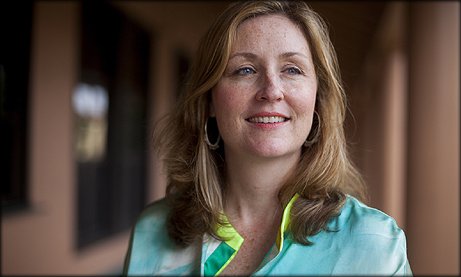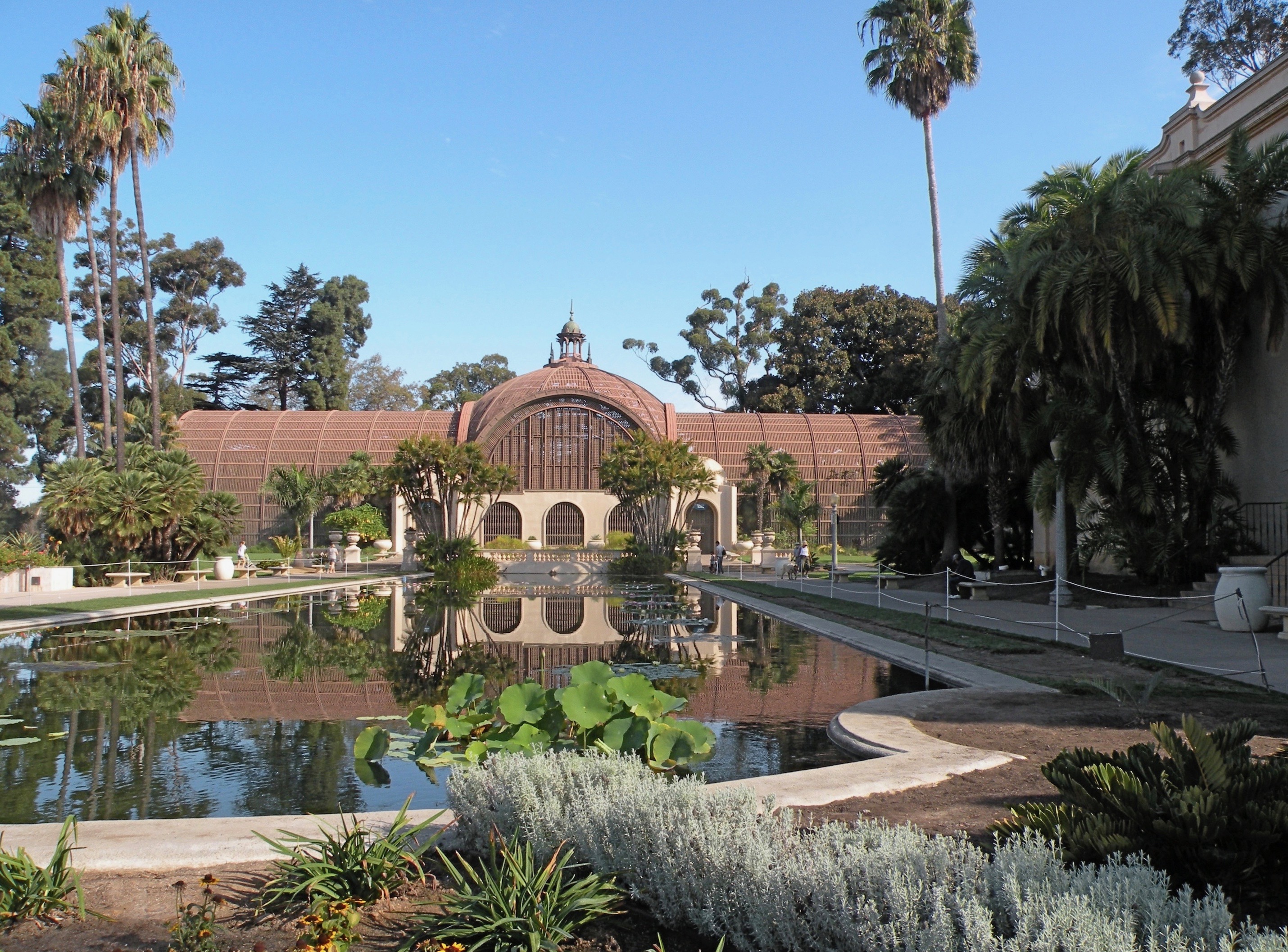Daily Business Report-June 15, 2017
Marine scientists have discovered a way to use the incredibly loud, distinctive sounds that fish make when they gather to spawn– not to catch them but to protect them. (Illustration credit: Jenna Luecke/Univ. of Texas at Austin)
Spying on Fish Love Calls Could
Help Protect Them from Overfishing
Scripps News
When millions of the silvery Gulf Corvina fish get together to spawn it can get as deafening as an 80’s rock concert.
A research team led by scientists from Scripps Institution of Oceanography at the University of California San Diego and The University of Texas at Austin have discovered a way to use the incredibly loud, distinctive sounds produced by the fish when they gather to spawn to protect them from overfishing.
The team developed an inexpensive method to estimate how many fish are in a spawning aggregation, based on mating calls. Accurate data on when and where fish spawn, as well as how many there are, would help fisheries managers design effective management practices and monitor the ongoing health of a fishery.
The researchers developed the method specifically for the Gulf Corvina, a popular fish in Mexico’s Gulf of California, but it can be adapted to any fish that make courtship sounds, such as cod, groupers, croakers, and totoaba — a species exclusive to the Gulf of California, considered endangered, and actively poached for its high value in the illegal trafficking of swim bladders.
“Overharvesting could result in the functional extinction of the species in the ecosystem, which would have negative effects on the local economy and cause the fishery to collapse,” said Scripps graduate student Timothy Rowell, lead author of the study published June 13 in the journal Scientific Reports. “Developments in the field of fish bioacoustics, as presented in our study, may provide us with improved ‘acoustic’ access to these exciting spawning events and a better understanding of what fish are doing below the surface and how many of them are doing it to set sustainable harvest levels.”
Each spring, the entire adult population of Gulf Corvina — more than two million fish — migrates to a small area at the northern tip of the Gulf of California. When the males start calling to attract mates, the sound is deafening. Using underwater microphones called hydrophones, Rowell discovered that these fish can make sounds loud enough to damage eardrums if it were on land.
“It’s louder than a rock concert,” said study coauthor Brad Erisman from The University of Texas at Austin. “It’s louder than standing less than a meter from a chainsaw.”
Click here to hear the spawning sounds of the Gulf Corvina at “Can Sound Save a Fish?”
__________________________
Council Committee OKs
‘Granny Flats’ Proposal
A proposal to reduce regulations on San Diego homeowners who want to build so-called “companion units” — also called “granny flats” — on their properties received unanimous support Wednesday from the City Council’s Smart Growth and Land Use Committee. The prospective municipal code amendments are in response to state laws aimed at easing California’s housing crunch. According to a city staff report, the proposal would conform with city regulations and the new state law, and go further with some extra incentives for homeowners. — City News Service
__________________________
Chamber Adds New Director
of International Business Affairs

Kenia Zamarripa, an international affairs professional, has joined the San Diego Regional Chamber of Commerce as director of international business affairs.
Zamarripa is the former director of marketing and international affairs for the Sportfishing Association of California. While there, she fostered working relationships with a number of key government, business, industry, and association officials in Mexico and San Diego. She also led key projects with the Mexican government to establish new permitting protocols for foreign tourists. In addition, she coordinated regular public outreach efforts to educate and provide updates from the Mexican government on issues and regulations pertinent to the sportfishing community.
At the chamber, Zamarripa will be responsible for facilitating business, political, and cultural relationships across the regional business community and advocating for business-friendly legislation that encourages cross-border trade and an improved binational business climate.
“The experience in binational affairs, cross-border contacts, and direct knowledge of chamber policy that Kenia brings will be an important asset to our organization and region,” said Jerry Sanders, chamber president and CEO. “Her background is a perfect fit for our continued efforts of advancing the priorities and projects necessary to ensure the Cali-Baja region remains a top global competitor.”
__________________________
Study: Influenza Virus Can Overcome
Potentially Crippling Mutations
Scientists at The Scripps Research Institute (TSRI) have shown that for the virus that causes the flu, two wrongs can sometimes make a right. In a new study, the researchers demonstrated that in rare instances, influenza viruses handicapped by a single mutation can overcome their disadvantage with the aid of other mutations — a phenomenon known as epistasis.
“The term epistasis means that the combined effect of two individual mutations can’t be predicted ahead of time,” said TSRI postdoctoral researcher and study first author Nicholas Wu. “Individually, each of these mutations kill the virus, but together, they compensate for each other’s harmful effects.”
__________________________
USC-Leased Building Sells for $12.5 Million
The building that houses the San Diego headquarters for University of Southern California’s Alzheimer’s Therapeutic Research Institute at 9860 Mesa Rim has been sold for $12.5 million to a Los Angeles-based buyer. The seller was Washington Capital Management of Seattle, which was represented by CBRE.
__________________________
General Atomics Engineers Honored
General Atomics Aeronautical Systems engineers Jeff Hettick and Jordan Ramrus have been honored by the American Institute of Aeronautics and Astronautics with awards for outstanding aerospace contributions.
In the category of Outstanding Contribution to Aerospace Engineering, Hettick, vice president of engineering special programs for the Aircraft Systems business unit, was recognized as an industry pioneer, specializing in the engineering of the company’s RPA systems including Predator, Predator B/MQ-9Reaper, Gray Eagle, and Predator C Avenger.
Ramrus, also with Aircraft Systems, is a technical director and was honored for Outstanding Contribution to Aerospace Management. Ramrus is an industry expert in next-generation airborne sensors in support of manned and unmanned systems. He is currently responsible for expanding the roles of the Gray Eagle and Avenger RPA.
__________________________

Senior Housing Project Open House June 24-25
Sunrise Senior Living will welcome residents to its newest community, Sunrise of Sabre Springs, at the end of June. Sunrise’s fourth community in the San Diego area, it will serve up to 100 residents and offer assisted living as well as evidence-based memory care programming and services for those with Alzheimer’s and other forms of dementia, including support in the early stages of memory loss. Sunrise at Sabre Springs is located at 12515 Springhurst Drive.
The four-story, 68,900-square-foot facility has 83 units. Two floors provide comfort and security for those in need of memory care, including a Reminiscence Neighborhood that serves seniors with Alzheimer’s and a Terrace Club Neighborhood, which offers tailored programming to assist residents in the early stages of memory loss.
A public open house will be held June 24 and 25 from 10 a.m. to 4 p.m.
__________________________
Campus Entrepreneurs Cash Out
In $300,000 Startup Competition
Nine teams of UC San Diego students, researchers and entrepreneurs collectively won $300,000 at the Entrepreneur Challenge startup competition on May 30 at Qualcomm, Inc.’s Sorrento Valley headquarters. The challenge was separated into three categories: “High Tech,” “Life Tech,” and “Clean Tech.” The first-place team in each category won $60,000 in cash and services to advance their company’s business goals, with second place winners taking home $30,000 and third place taking home $10,000. The winner in the High Tech category was Additive Rocket Corporation (ARC), a company that custom 3D-prints rocket engines for spaceflight and satellite launches. The Life Tech winner was Veocor, creator of a tool to identify blood clots in the left ventricle of the heart and thus reduce the risk of stroke. In the Clean Tech category, South 8 Technologies won for its high-performance lithium batteries and capacitors. Most of the competing teams were composed of UC San Diego undergraduates, graduate students, and alumni.



